Zeiss 85 Batis Review
by Richard Pickup
I have been lucky enough to try out the new Zeiss Batis 85mm lens for Sony FE mount in recent weeks, and the other day it accompanied me on a trip to the Natural History Museum in Oxford. This seemed like a good occasion to use the Batis with some purpose and also to organise my thoughts on the lens so far.
The Natural History Museum is a fine place to explore photographically. They have a relaxed and inclusive approach to their audience (photographing is not frowned upon as in so many venues now; they provide portable chairs so as to allow folks to sketch the collections; there is no entry fee), and light streams in from the fabulously ornate iron-clad roof. A stunning collection of specimens, including huge dinosaur skeletons and all kinds of stuffed animals, positively begs for a monochrome treatment. (This may just be me though: I can’t get the fabulous scene from the museum in Chris Marker’s film The Jetty out of my mind. Well worth checking out if you don’t know it, as it is made up of a sequence of beautiful stills put together to feel like a movie.)
As is now well known in the industry, Zeiss has been putting considerable resources into its partnership with Sony and has produced some much lauded lenses for the Sony A7 camera range. I have used the Sony / Zeiss branded 55mm f1.8 quite extensively and it is a superb lens; small, light, built like a tank, and sharp wide open but still full of character (I evidently have a thing for Sonnar designs, see a previous post).
I was in for something of a culture shock when I attached the new Batis 85mm to my mirrorless A7 Mark II. It is not so much a heavy lens (at 475g), as a bulbous one. Immediately one begins to question whether the whole ethos of the mirrorless format has been compromised by adding such a form – inevitably this makes the setup seem much more DSLR-like. My take on this is that there is still a considerable advantage in size and weight over DSLR equivalents, although I expect some will see this differently. I am in the process of investigating 85mm as a focal length, and so cannot say definitively whether I am committed to it yet. I suspect that if I adopt 85mm fully, I could be quite happy accommodating a lens that is a little more bulky than I would like, especially if the results warrant it.
The sun streamed in as I walked around the Museum and set about the task of putting the Batis through its paces. I attached the lens hood to guard against flare, something which approximately doubles the size of the lens. With my camera strap wrapped around my wrist, I could easily hold the A7II in one hand. When shooting, my left hand had a good deal to hold onto, making the whole setup feel very balanced, and this despite the fact that the camera is visually dwarfed by the lens. The Batis has a sleek and smooth shape with very comfortable ergonomics. It has a rubber focus ring which I really enjoyed using for fine focussing.
This is hardly a full and scientific lens review, however I did endeavour to use a range of apertures in typical shooting situations. The Batis is arguably designed as a portrait lens and f1.8 at close distances produces very smooth out of focus areas and gives nothing away in terms of sharpness at the centre. This is clearly an area where modern lenses now excell: the old advice to stop down an aperture or two to achieve full sharpness is less and less relevant (although generally one will have to pay for this privilege, and the Batis is not a budget lens).
Utilising the reach of the 85mm and engaging middle apertures brings sharpness across the frame, as one would expect. I noticed some difference in critical sharpness between f9 and f11, so I would be inclined to use f9 as a limit for bigger prints. As ever, there are a number of variables at play here, so I do reserve judgment on this pending further tests and more accurate data. As ever, I found the viewfinder zoom facility on the A7II along with manual focussing to be a boon for getting focus spot on.
Examining my images from the Museum on Lightroom, it was immediately clear that this is a lens with significant edge distortion. Happily, Lightroom has a corrective profile, and so this is not an issue for me. I know that some people object to such apparent flaws in what is after all a high quality prime; my understanding is that lens designers work with a series of trade-offs to produce the qualities they desire for a specific lens. This is a lens with a distinctive (and to my eye pleasant) character, and as I have already mentioned the designers clearly have people shots in mind. I have made a very beautiful colour print of my son using Hanhnemuhle Photorag paper, which clearly show the strengths of this lens for portraiture. If I didn’t already own some top class portrait lenses, I would surely invest in a Batis for this alone.
In summary, this is a very high quality metal lens which feels robust and has sound ergonomics. While my imagination gravitated towards black and white for my Museum trip, the Batis has a notably ‘Zeiss’ colour signature, with humming blues and intense reddish browns. At f1.8 the lens is already very sharp, and it produces sumptuous out of focus areas. The tonal transitions it produces are attractive to my eye, and while this may be entirely subjective, a little more analog-looking than those produced by some lenses for digital. This is a thoroughly modern lens with some traditional mores: when the camera is switched on a luxurious black and white LED glows a proud ‘ZEISS’, before displaying very accurate depth of field information. A boon to some users I’m sure, but perhaps not me.
As I mentioned above, I am still in the process of investigating the 85mm focal length. What I do now know is that if I settle on it, I will be very hard-pressed to give up the Batis. In any event, I for one am happy to see such a lens being added to the ever increasing options for Sony mirrorless.

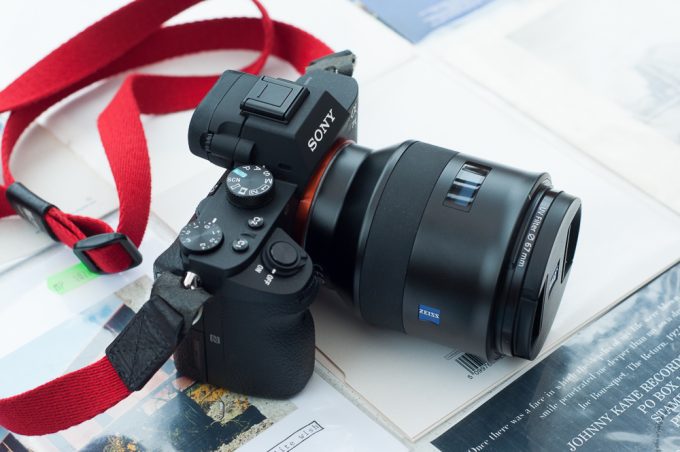
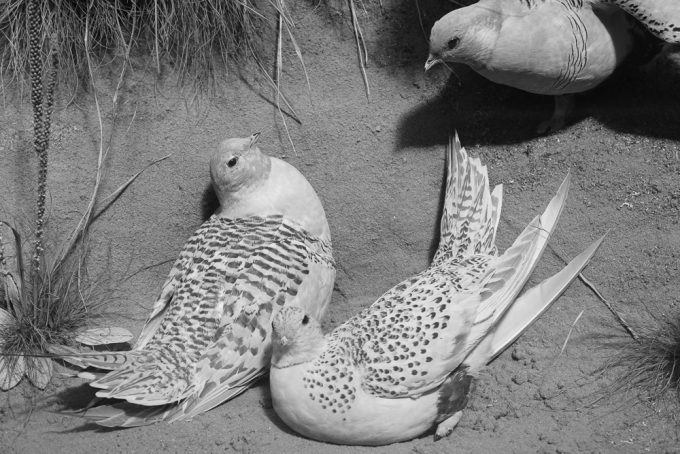
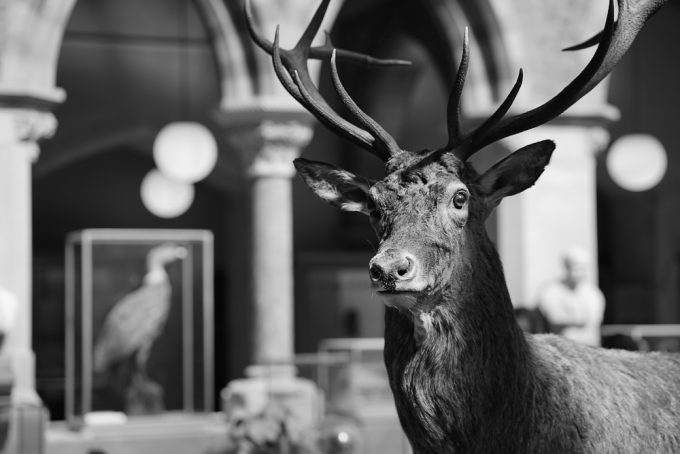
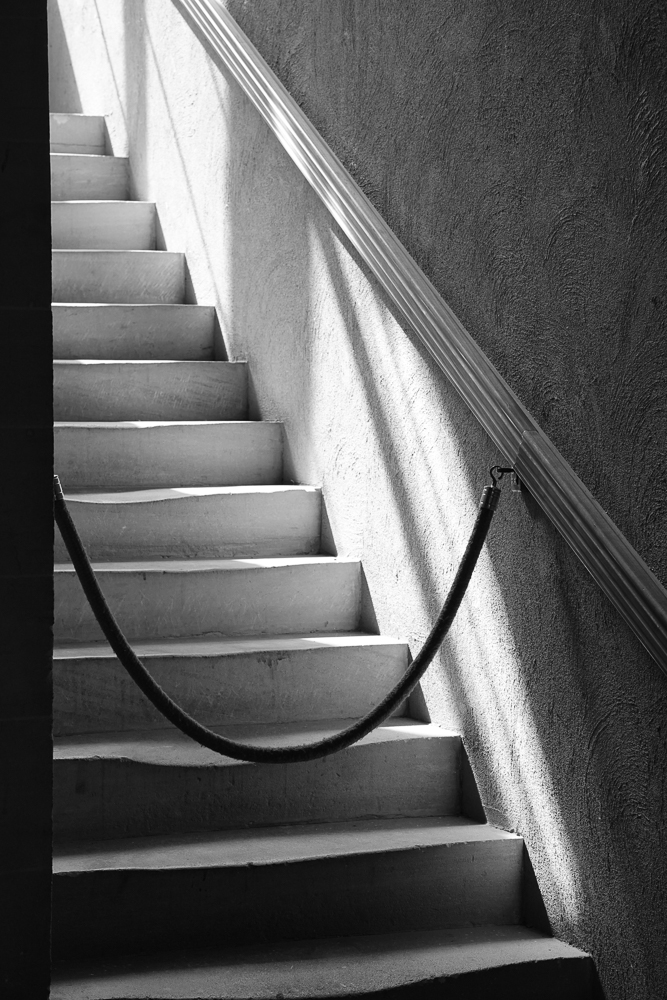
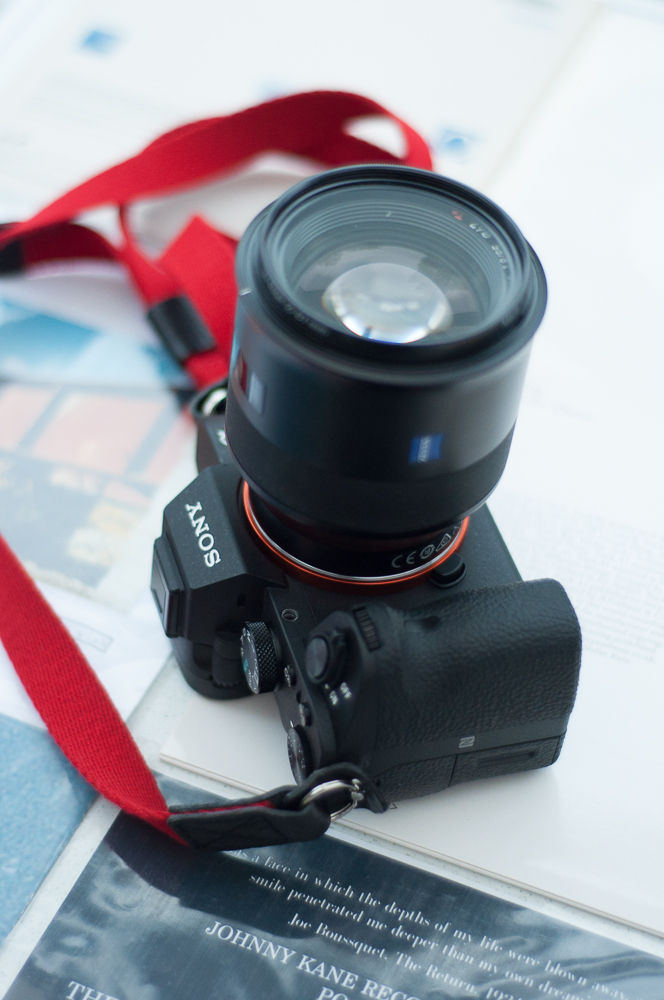
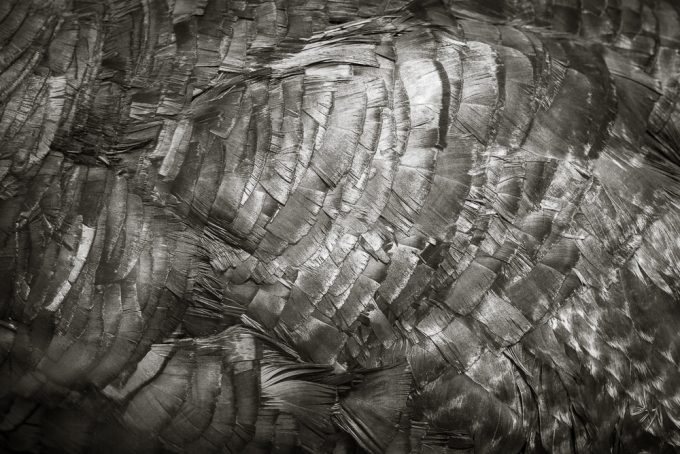
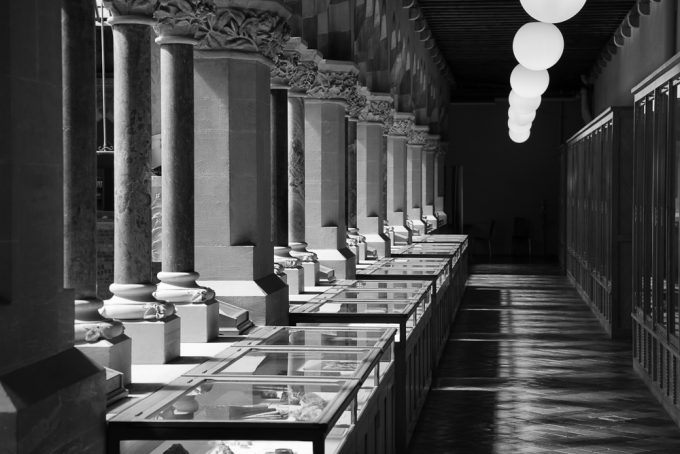
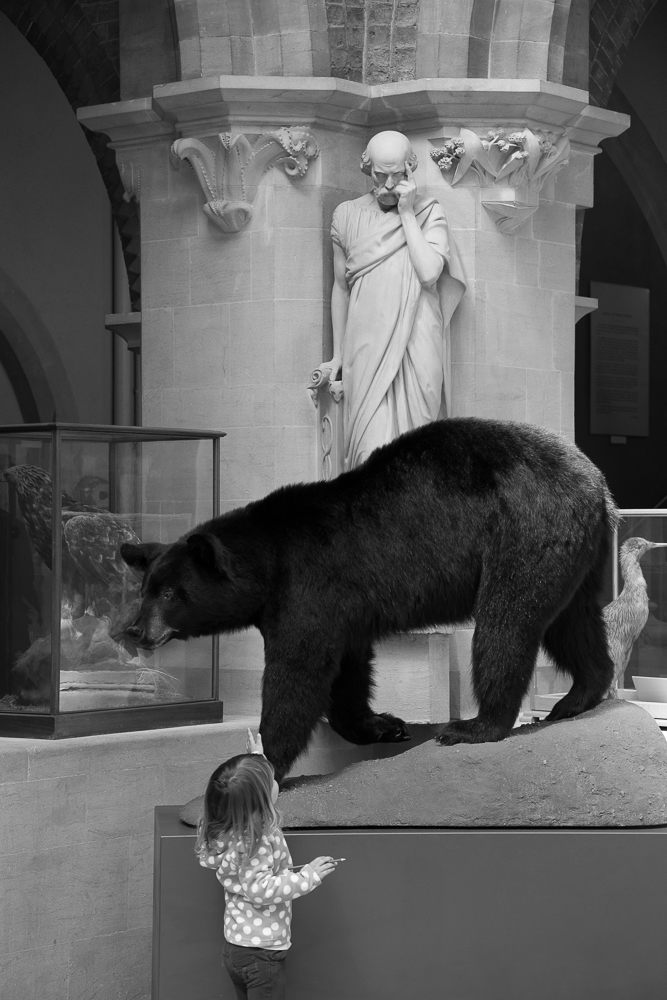
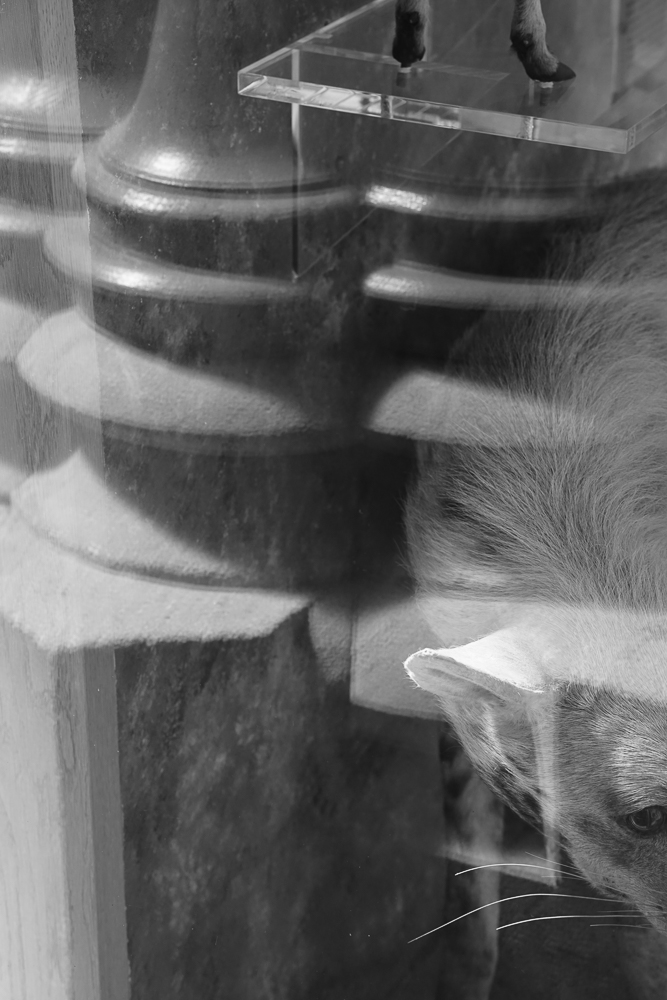
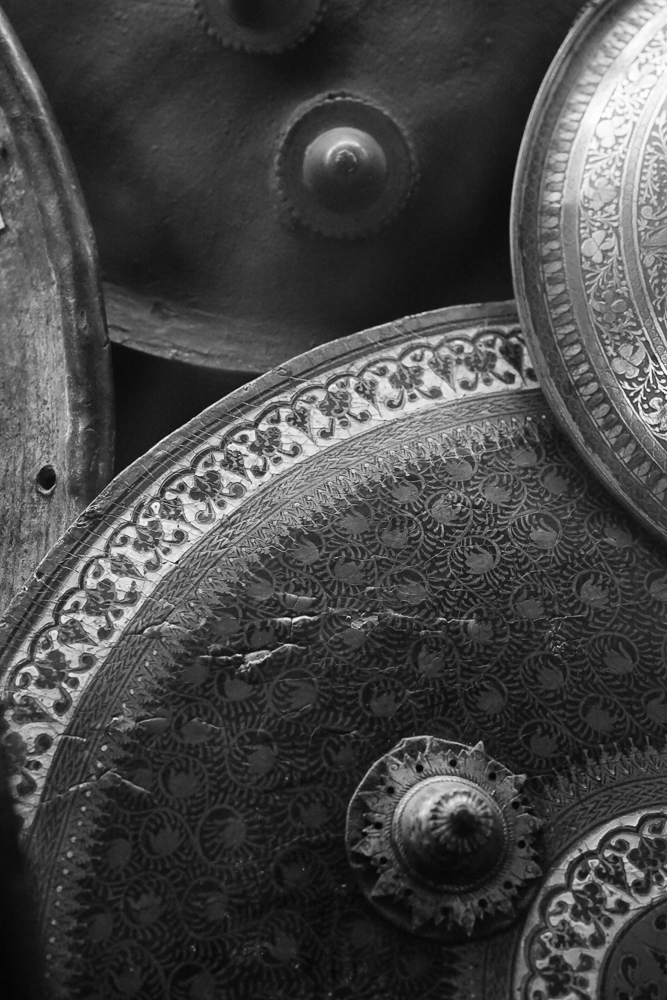
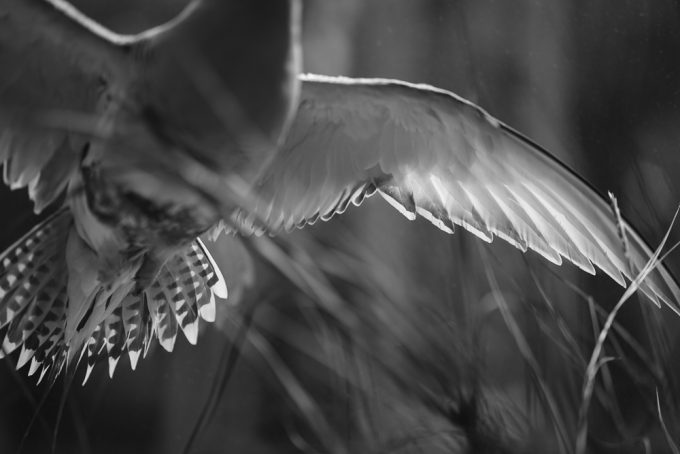

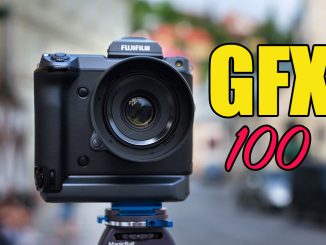

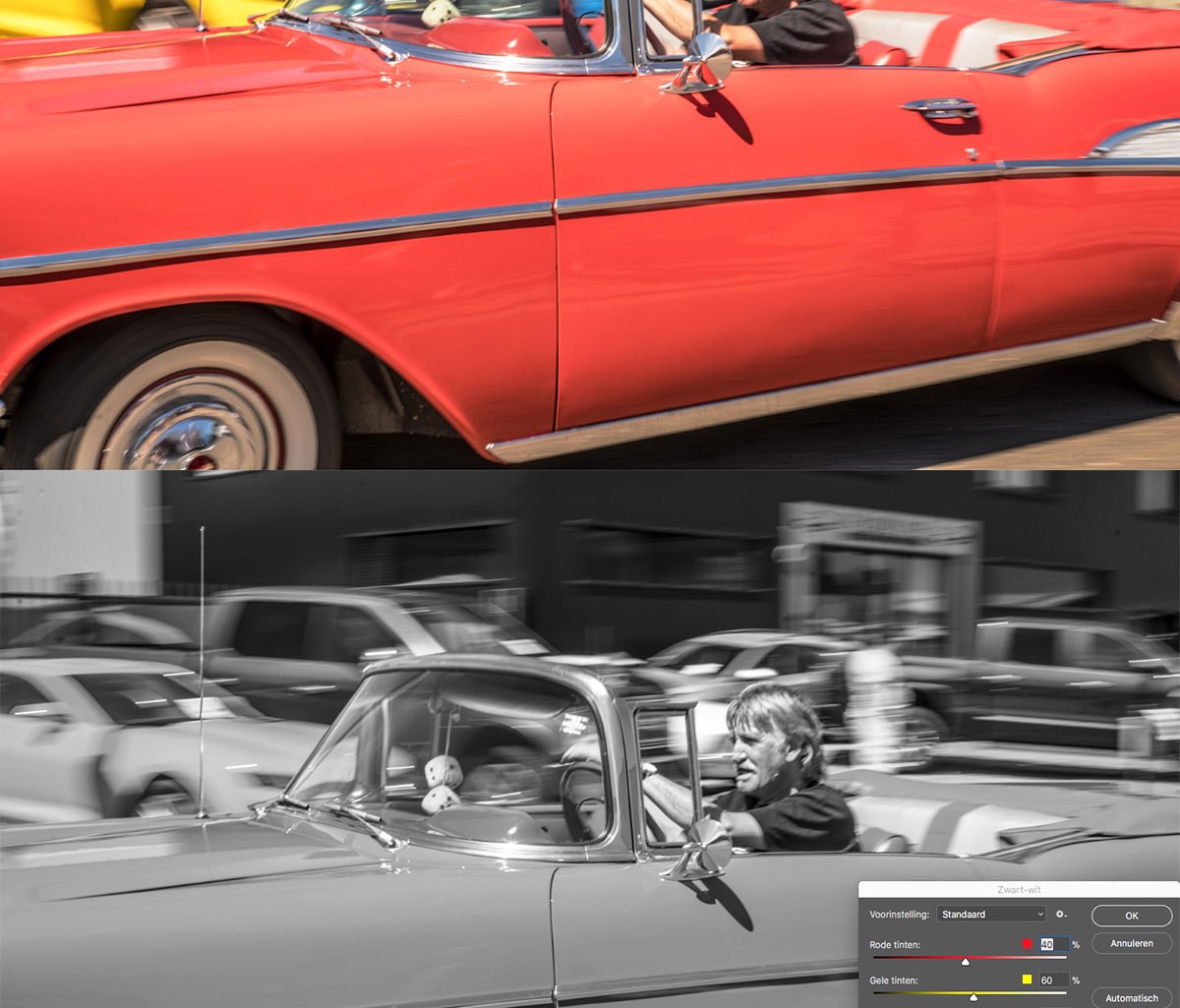
Hi Steve or any other Sony A7R2 shooters , I recently shot some 3200-6400 asa tests at different shutter speeds and at 1/80th or faster noticed really pronounces banding in parts or all of the frame ,making the shots useless……Find this most disturbing as i was hoping to get some good low light images with this camera ???
I have not noticed any banding at any ISO setting or shutter speed. Some have observed banding when using the electronic first shutter or silent shutter mode. This may be due, in part, to the “rolling shutter” effect inherent in CMOS sensors, interacting with moving objects or camera shake.
Never have banding problem with my A7RII. perhaps you need to service your camera. Did you shoot under fluorescent light? If that the case, then it’s a light flickering, not banding.
Thanks for your kind comments everyone. Many thanks to Steve for publishing my report. It’s a pleasure to be part of such a great website.
can someone explain me what is the point to build a sony camera body so small for these disproportionate lens ? why zeiss don’t build manual lenses for sony as they do for leica m? zeiss lens for M used with adapter in sony lose a lot of quality at the edges and leica M lenses on sony are horrible under 50 mm.
Check out the three Zeiss Loxia lenses, 21/2.8, 35/2 and 50/2. Steve has reviewed all of these lenses. They are a pleasure to use and are superbly sharp, but they are not AF.
The Batis 85mm is really actually pretty lightweight and not all that big and neither are the Batis 18 and 25mm … also, Sony makes the 28mm F2, 50mm F21.8, 35mm F2.8 , 55mm F1.8 … that are all pretty small and light….
I have owned the Batis 85mm since it was released, and here are a few thoughts on your review.
I don’t know why people say this lens has “good bokeh”, because it simply doesn’t handle specular highlights and high contrast out of focus areas at all well. Behind the plane of focus, specular highlights will most often be rendered as nissen ring – bright edged rings of light with a darker centre. They also become eliptical if they are off centre, more pronounced the further from the frame centre (“cats eye bokeh”). Even brighter tones rather than highlights will draw this way – for example a photograph with textured concrete in shade behind the plane of focus rendered all the brighter points in the surface of the concrete as tiny nissen rings. Compositions with brighter textures – for example, metallic golden wire in sunlight – will make this far more pronounced.
There is also little blending of brighter tones, so together with rendering everything brighter as nissen rings, areas of varying colour and tone do not get smoothed but become a mass of intersecting circles, and make the bokeh rather hard and lumpen. None of these characteristics are generally regarded as “good” bokeh – I wouldn’t even say neutral, as nissen rings, cats eyes and lack of smoothing are generally always considered “bad”.
I don’t entirely agree with the comments about build quality, I have always found the lens body strangely plastic feeling compared to some Sony lens models, not helped by the cheap plastic hood that is made from a type of plastic that scuffs with every touch, and isn’t flocked inside the hood. The lens cap also doesn’t stay on the lens properly, and keeps popping off – minor but irritating.
Lastly, in low contrast and lower light, it focus hunts and will often fail to focus completely. Recently when photographing portraits with off camera flash in lower flat ambient light, it would just hunt very slowly and then fail to focus. I had to take it off the camera and use the Sony FE 24-70 f4 instead, which in spite of less than 1/4 light gathering focused accurately. I am not alone in finding issues with focus hunting and failure to focus even on the newer “mark 2” A7 bodies. This is a major failing for a fast aperture lens that you might want to use when light is low.
I agree it is a very sharp lens – almost comically excessive micro contrast on the A7s, whose sensor always creates very hard edged images at pixel level. Photos on the 24mp A7 series sensor do have a look of “being there” and realism for stopped down portrait work. Personally I wish the micro contrast was lower and less aggressive, more like the Sony G designs, and they had traded some of what I find almost excessive sharpness for other qualities such as better bokeh and perhaps colour rendition (some report its colour style seems a little simplistic).
Fully open it vignettes a lot, and you are right there is a relatively high level of distortion.
Not a lens I could recommend for its bokeh, nor it’s focusing, in more challenging conditions for either.
Thanks for that well considered comment Art.
Thanks for the nice write up!
I find the 85mm Batis a stellar lens. Nevertheless, the FL is too close to the 55/1.8, in my opinion. I’m hoping to see a 135mm Batis, which would work better for my photography.
Thanks Mike. Yes, I’m really struggling with the fact I have the 55/1.8. I like the Batis too, so it may be a keeper!
I am surprised by your observation of edge distortion as this FL is known across most platforms as being distortion free. Zeiss of all people should be able to equal a lowly Tamron or Canon in this FL.
Batis lenses are similar in form factor and performance to Zeiss Otus lenses. In order to save weight, size and cost, Zeiss compromised on linear distortion, which is easily and almost invisibly corrected in A7m2 firmware, including the RAW images. This reduces the native 3% distortion to 0.5% or less. However you do get the resolution and excellent bokeh of the Otus. If you want it all plus another half stop, you will pay handsomely for it. The Otus is $4500 v $1200 for the Batis, and 1.6 pounds heavier.
The Sony 90/2.8 Macro is arguably sharper than the Batis 85/1.8, but with excellent bokeh. It is also longer, heavier and slower to auto-focus. Both lenses have a very useful manual focus mode, even though it is focus-by-wire. (I bought the 90 macro while waiting months for the Batis. Since they fill different roles, I will probably keep both.)
I own this lens quite a few months now. Being a MF guy, I thought I’d give the AF a try. Well, to make a long story short, if Zeiss were to make a Loxia, say a 2/85, I’d switch immediately. It would be a lot smaller and to me more rewarding to focus. I’m thinking of my old Jupiter 9, which is a Zeiss Sonar design and which I prefer, regarding usage. Of course the modern Zeiss IQ is way superior. Therefore: please Zeiss, give me a Loxia 85!!
Exactly what I thought when they announced this one. There was no need of auto focus and stabilisation. Could have made the lens much smaller.
Auto focus is nice to have taking pictures of children at play and any other active subject at a distance. The DOF is very shallow, so pre-setting by guess is not very effective. It is that shallow DOF that gives the 85/1.8 so much “character.” Having the subject actually sharp is nice too.
Very nice and sharp images! As a Fuji X-System user, I’d be quite curious to see one of Steve’s “Crazy Comparisons” between this Batis on your Sony FF, and the Fujinon XF 90 f/2 on an X-Pro2. (That 90 has tested quite well in terms of sharpness on several review sites.) Thanks again for an interesting article!
I’m no expert but surely the Fujifilm XF 56mm f/1.2 would be the equivalent field of view for such a comparison?
Yes, EM, you’re correct. (I was only thinking in terms of image sharpness, rather than focal length equivalence.) Thanks for pointing that out.
The last ever lens I bought for my A7 before switching systems was the batis 85mm. Although a nice lens, i realized this is not the system for me anymore….this thing was big and with the dodgy A7 AF and soulless shooting experience it was time to move on…I was an early A7 and A7S adopter and liked the original size of the first generation, but the AF on it is sooooo god damn bad. I had my inlaws A72 at my house for months and hardly used it. (I shoot on a daily basis) it is just too slr like being only slightly smaller than canons 6D and the AF is only slightly better than first gen A7.
I recently switched to the Fuji x pro2 and cant put the thing down. I can’t say for the A7R2 but the other sony A7’s don’t come close in speed to the XP2 not even close…I do have the 56mm 1.2 and can say it is no worse than the batis a little different rendering but if sharpness is your thing you won’t be dissapointed. Plus it’s way smaller…the 90mm Fuji is stunning…very similar to the canon 135 f2 in rendering. Just wish it had image stabilisation…
The shooting experience of the XP2 knocks the socks off the Sony…I will keep my original A7 as let’s face it the value is so bad now being an early adopter. That I wouldn’t get much for it if I tried to sell it. I will still use it with my inlaws old Leica glass (50 summilux from 1963) which is stunning by the way…
I’m sure Sony will bridge the AF gap w slr quality very soon, and I’m sure the A7R2 AF is perhaps on par or maybe even better than the Fuji xp2. I didn’t play with it in store long enough to find out for sure. But this XP2 is so god damn good…
My A7RII beats the X-Pro 2 for AF. I have had the RII and X-Pro 2 side by side and no way I would take the Fuji over the A7RII if AF was the concern. Not in the same league from what I saw. Also cant hold a candle at high ISO to the Sony, nor does it have a swivel LCD…it’s quite large as well. APS-C, no in body IS, video is not good, etc etc. The X-Pro 2 did not win me over, at all. I liked it but did not love it nor would I want to buy it, for me (which is why I let someone else review it here, someone who loves Fuji). I like my Pen-F better than the X-pro 2 to be honest, FOR ME. Just shows the way we all like different things. Many love the X-Pro 2 and hate Sony, all personal pref. But the original A7 was LOUSY for AF and slow in general. The new series is leagues better, faster, more responsive and gorgeous sensors in the RII and S/SII. My fave Sony is the A7SII as you can shoot that even in complete darkness, and it will not only focus it will give you a decent shot.
When you say new series you are only referring to the A7R2 and A7S2 right? as I have/had all the other three at some point. And the AF is not good even in the A72.
Also By the time you have turned on your A7 series camera the XP2 has fired off at least 10 shots! And let’s not talk shutter lag…oh my deary God almighty…but I have no doubt the new A7r2 is a better image making machine with better bells and whistles. It should be its twice as expensive!
….and I know the xp2 is expensive for apsc but the way Sony is going with their new lens/body releases (size and cost). I felt at this time it was the right move. I actually like Sony but I’m just finding using them now with their latest lenses I feel like I am shooting w a dslr! One of the main reasons going to mirrorless was for size!
I hear lots of talk about an A9 or something ground breaking coming from Sony. Which lets face it are leading the way in camera and lens tech. here’s hoping for medium format RX style cam in the future…
I have to agree with Steve H. I have both the A7r2 and the XPro2… for speed of AF the Sony wins hands down… also…have them in front of me right now A7r2 with the Batis 85mm and the XPro2 with the 56mm F1.2 …and on turning them on…. speed to first shot is almost identical … Where the Fujifilm has it all over the Sony is in handling (except for ISO dial, but I usually leave that in Auto anyway)…. The little Joystick makes changing the focus point a breeze… I also like the peace of mind of having two card lots….